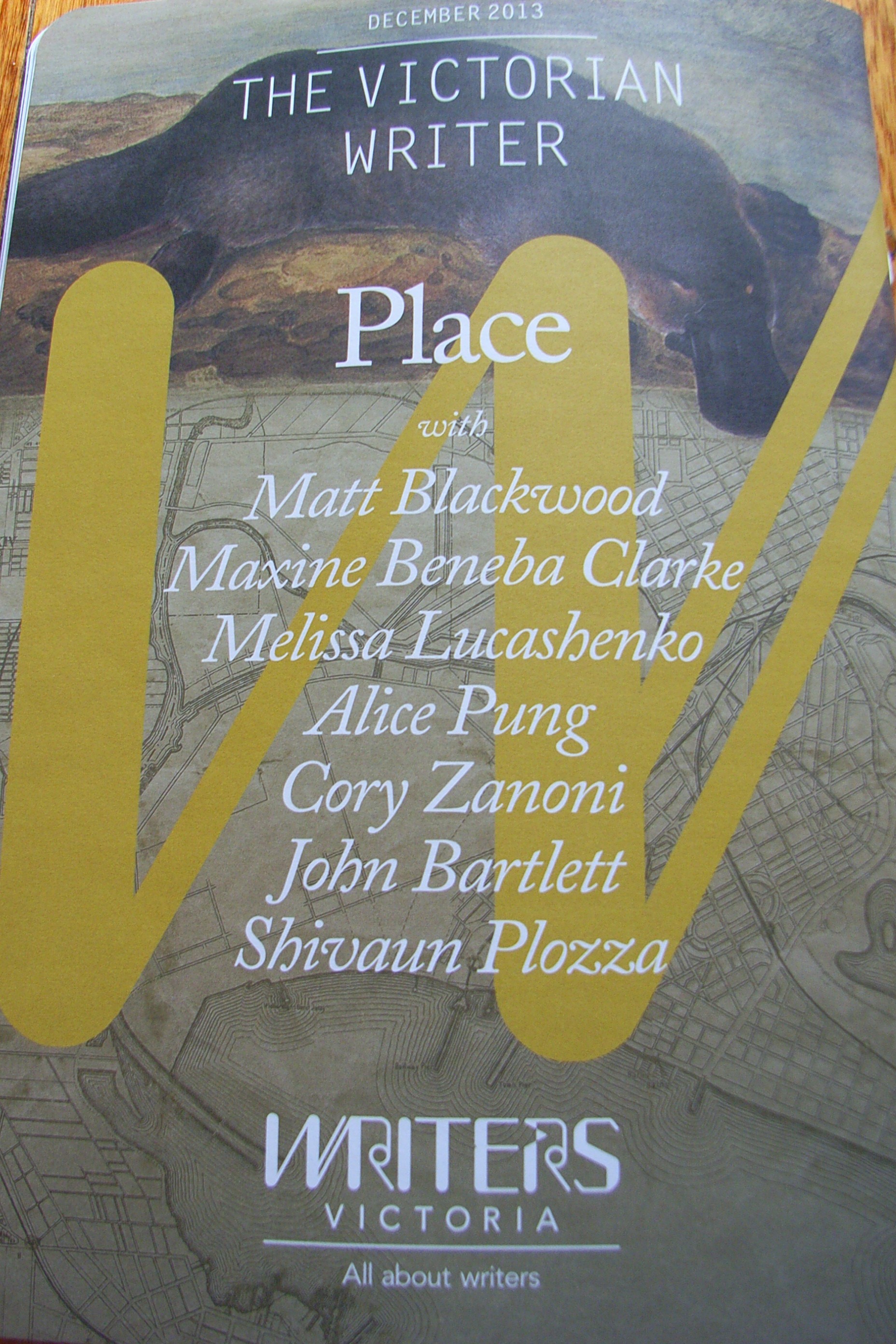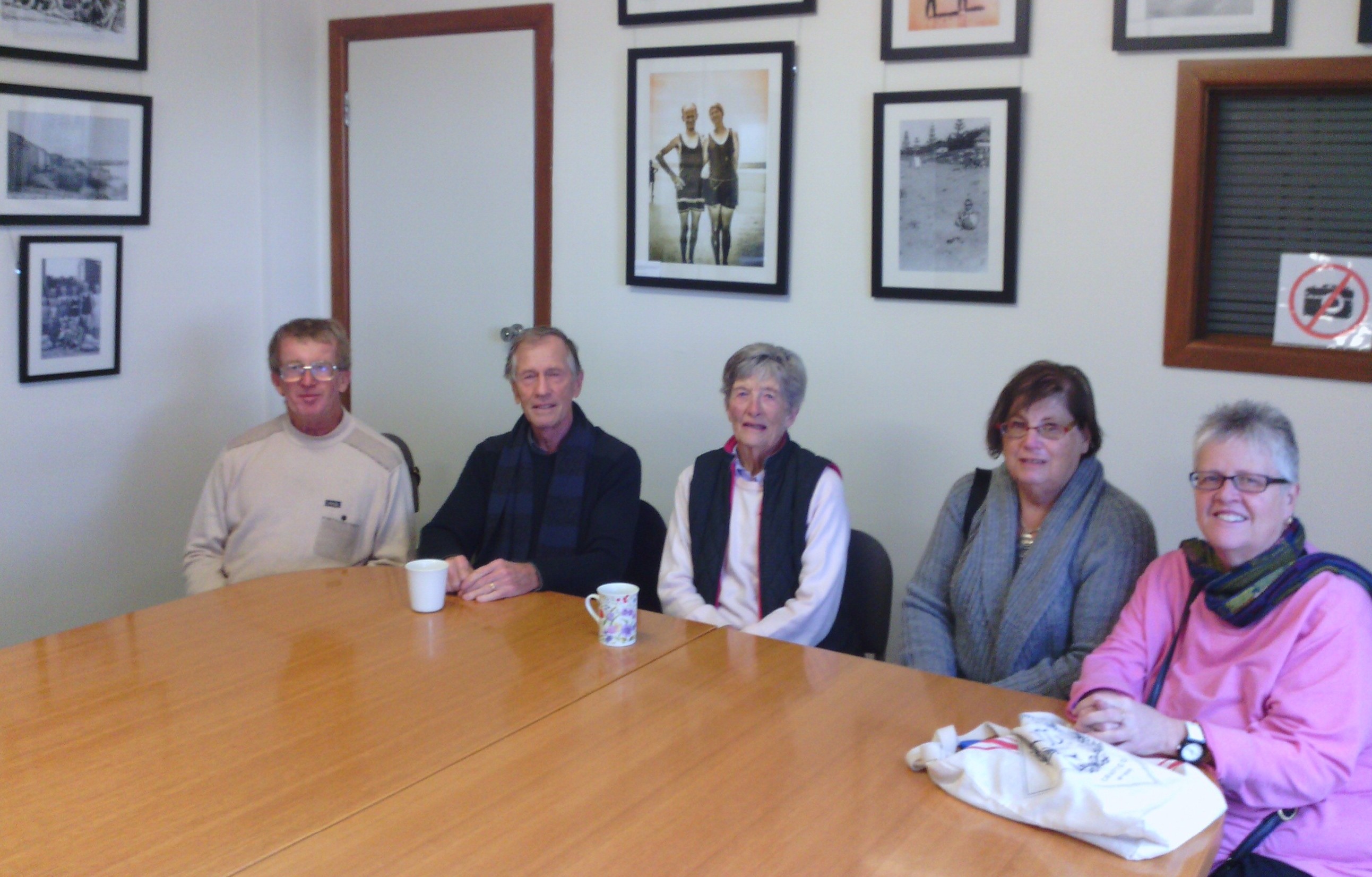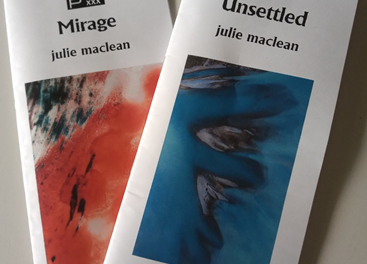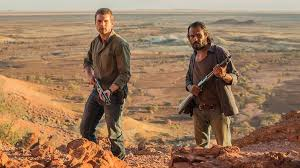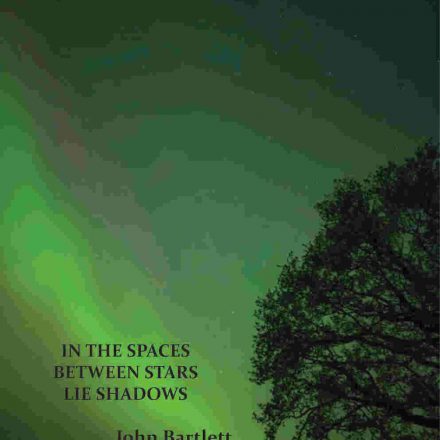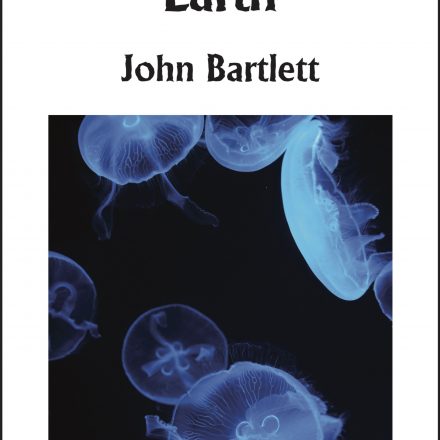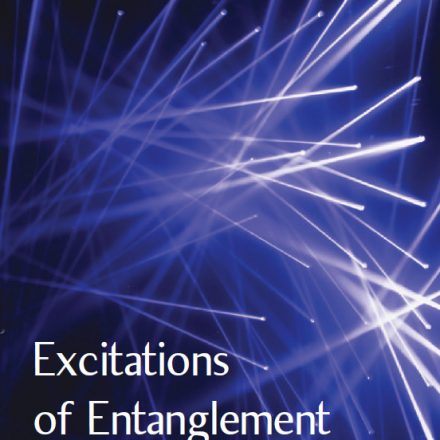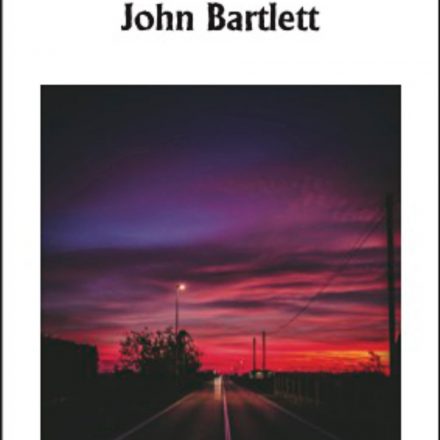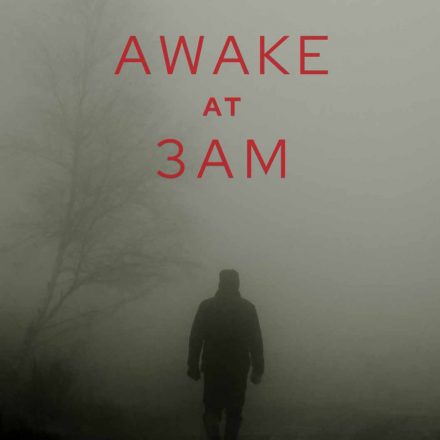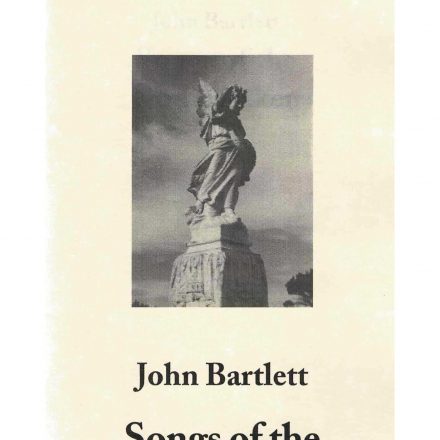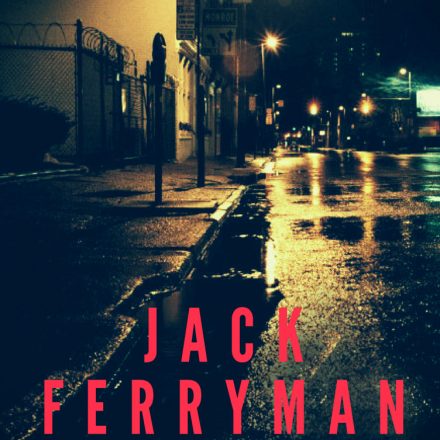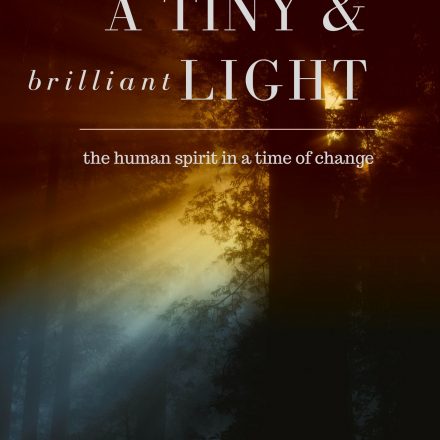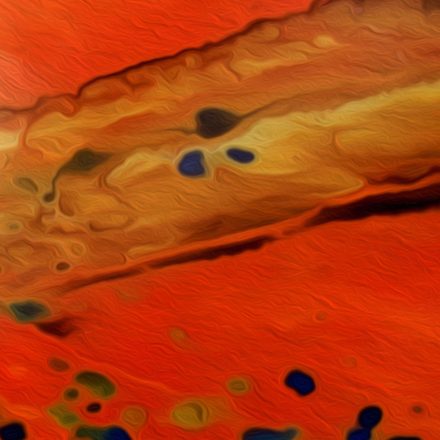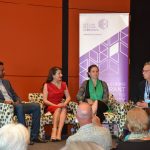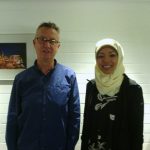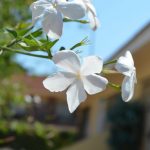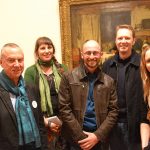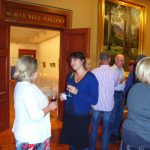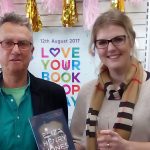I spent my childhood along the river Murray but left that area while still in my teens. I later discovered that no matter how far life and love entices us from the places familiar to childhood, some deep force, embedded in the psyche, seems to drag us back to those landscapes, if only in our imaginations.
It was only after I had lived abroad for ten years and returned home that I became aware of those landscapes and wondered how I fit into them. I began to realise that my connection was based on a long shadow stretching back further than my own vulnerable memory, back into earlier generations of my family and the impressions they had left on particular locations and landscapes
My great-grandfather, Thomas, had settled the lands along the Murray at Murray Bridge in the mid-nineteenth century and I grew up in the sandstone house, built by his son, surrounded by the garden he had planted. The church where I served as an altar boy was built from stone from my great-grandfather’s quarry along the river, as was the building on the opposite side of the river, which had served as the first Catholic Church. My grandparents were married there. Later, on my trips to Adelaide, I would learn that the stone for many of the prominent city buildings, such as the railway station, also came from this quarry. These were resilient, impressive monuments to the existence of family, which still exist today.
There were other stories, too, embedded in those river places. Although as children we grew up close to the river Murray, we were discouraged from swimming in its waters because of dangerous snags. This mythology was based on the fact that my father once, at the age of fourteen, rescued another boy from drowning in that river.
My recent novel Estuary highjacked my imagination and drew me back to that country along the Murray, down the river to the Coorong and to sea along the southern coast – places so familiar to me in my early days. Soon I began to realise that my great-grandfather’s success had been possible only by the dislocation of people who had called those places home for thousands of years. My own memory of these locations soon became impossible to detach from the stories of the Ngarrindjeri who had lived along the Lower Murray and the Coorong
There were other influences, too, linked to vivid memories of landscape. My aunt, an artist in Adelaide in the 1960s, had struggled to reproduce in her work the spirit and the colour of the places around her. Our family, it seemed, grappled in different ways with the landscapes around them.
By some process, which resists analysis, the characters of Estuary were thus born. Leila is an artist and a musician, whose creative life is thwarted by her treatment in the mental health system. Her father quarries stone along the Murray and, so doing, destroys the lives the Ngarrindjeri. Seth, Leila’s nephew, meets Ruby and her son Cubadgee, contemporary Ngarrindjeri, and must face uncomfortable truths about his forebears. They explore ways of living together in a bruised and scarred landscape.
In the words of Tony Birch, Estuary is “a story deeply ingrained in the places that make us who we are”. The process of researching and writing Estuary has given me a fresh understanding of how deeply entrenched are our spirits in particular places, how deeply embedded are our imaginations, and memories inherited from our ancestors, too, in the places we know and remember from our earliest years.
JOHN BARTLETT lectures in professional and creative writing at Deakin University and has had over 50 feature articles and short stories published in various magazines and newspapers.

